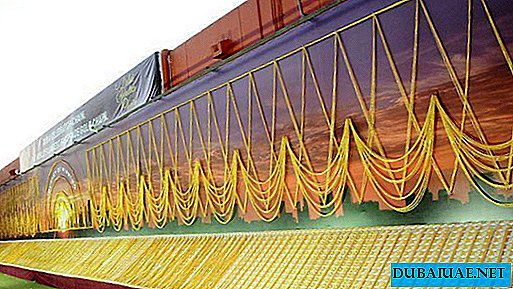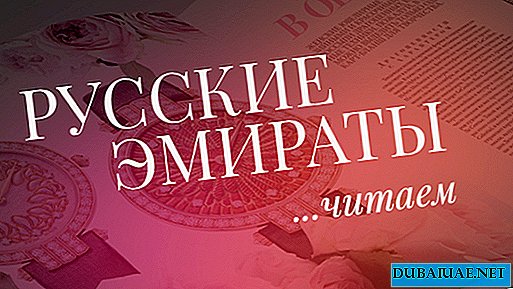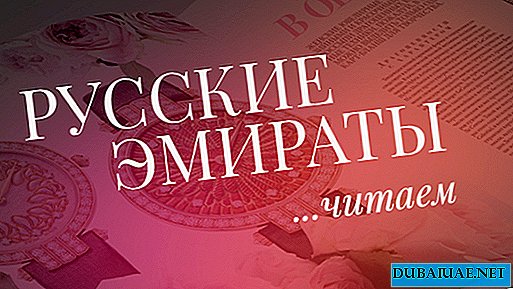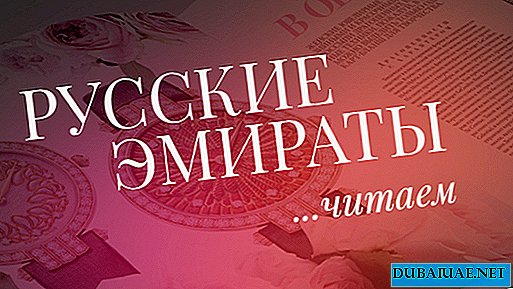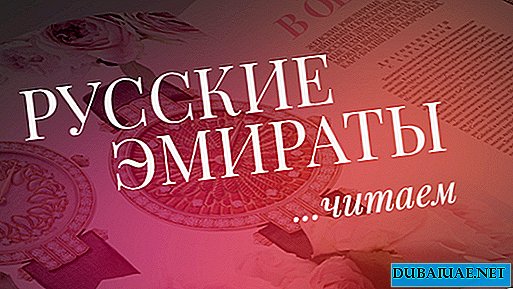 Text: Katerina Baginskaya, art expert, art critic, founder of the Baginskaya Gallery and Studio
Text: Katerina Baginskaya, art expert, art critic, founder of the Baginskaya Gallery and Studio VASILY KANDINSKY'S CREATIVITY IS SO MANY FABRICATED TO PLACE A NARRATION IN SEVERAL PAGES SEEMS IMPOSSIBLE. And IT IS DETAILED DETAILS FROM THE ARTIST'S LIFE - HIS PERSONAL LIFE, LITERARY HANDLES, HISTORICAL EVENTS OF THOSE YEARS - WAY TO DISCLOSE THE WHOLE COMPLETENESS OF THIS NON-ORDINARY PERSONALITY.
Spring, spring, it's time for love ... Maybe, after Pushkin, we should also give in to temptation and look at Kandinsky the man, with all his weaknesses, feelings and inner searches?
There are people who cannot be alone. At every stage of their life, they need the support and participation of a soul mate. Vasily Kandinsky belonged to them. As a creator, he devoted himself entirely to painting. For several years he was looking for means "for introducing the viewer into the picture so that it rotates in it, selflessly dissolves in it." But there was another dream - the dream of personal happiness, "happiness that you do not recognize." Time has shown that the Kandinsky artist took his place on the creative Olympus; as for his personal life, she was full of surprises.
As a young scientist, Kandinsky married a second cousin Anna Shemyakina. Little is known about this marriage: the picture of their relationship is composed of fragmentary references in her memoirs. This marriage was rather friendly. Already during the honeymoon, doubt crept into Kandinsky’s soul, as evidenced by his correspondence with friend Nikolai Kharuzin.
He discusses the impossibility of achieving "on earth the happiness that was once dreamed of ...". Anya did not understand her husband’s passion for art, and even more so did not agree with his decision to leave science. She married a scientist, but it turned out that she connected life with the artist. However, in 1896 the family moved to Munich. The choice of Germany was logical: Kandinsky had German roots and was fluent in German. And Munich at that time vied with Paris for the title of center of cultural life.
In Munich, in the private studio of Anton Azhbe, Kandinsky meets with compatriots. The artist’s psychological isolation was reflected in his canvases: medieval images with chivalrous romance, the world of dreams and dreams, as in childhood, took possession of his inner world.
At that time, Kandinsky became interested in symbolism, drawing inspiration from the literary and philosophical essays of Maurice Meterlink. The theme of love and loneliness, search and suffering is read in such canvases as "Comet", "Twilight", "Meeting", "Russian Knight". The artist increasingly reflects on ideal love - on what he is deprived of in marriage. And - who would have thought! - it was at this moment that fate presented him with a gift ...
In 1901, a group of artists created the "Phalanx" society, and with it an art school, which invited Kandinsky to teach. A fatal meeting takes place a year later: a new student appears in his class - Gabriel Munter. You can read the following lines in her diary: "For me, Kandinsky, in a completely different way than all the other teachers, explained everything in detail and perceived me as a person consciously striving for his goals, able to set his own tasks" . Mutual sympathy arose immediately. But both of these relationships tormented: Vasily was not ready to hurt Anya, and Gabriel, being honest and sincere by nature, was burdened by life in a lie.
Two women close to him are captured in portraits: "Anya with Daisy" and "Gabriel Munter", written by Kandinsky that summer. Calm and balanced Anya settled comfortably on a bench with her favorite dog Daisy at her feet, while Gabrielle is depicted sitting on a small chair on a steep hillside. Her figure is tense, and inner anxiety is read on her face.
 After some time, Kandinsky nevertheless parted with Anya, but remained on friendly terms with her. Young Gabriel’s dream of family life is about to come true, but Kandinsky is in no hurry to divorce. Kandinsky and Munter are very different: he is in creative agony, and she is full of calm and self-confidence.
After some time, Kandinsky nevertheless parted with Anya, but remained on friendly terms with her. Young Gabriel’s dream of family life is about to come true, but Kandinsky is in no hurry to divorce. Kandinsky and Munter are very different: he is in creative agony, and she is full of calm and self-confidence.
However, this period is considered the heyday of Kandinsky. The couple travels a lot, lives for a long time in different European cities. During separation, they exchange letters. The young woman is unhappy with her friend status. Lovers live in different apartments, but in 1909, Gabriel buys a house for them in Murnau for them. In the summer, Vasily devotedly engages in a garden, and in the fall he sets off again, sometimes with Gabriel, sometimes without her. Soon the First World War begins. Kandinsky is forced to leave Germany, Munter rides with him. It is not known how long their relationship would continue if it were not for Kandinsky’s next trip to Moscow ...
In the yard 1916. Kandinsky in his apartment. A phone rings. A stranger starts a business conversation. Kandinsky was at first incredulous, but by the end of the conversation he insisted on a meeting. Later, he admitted that he fell in love with her voice, as evidenced by the painting "To an unknown voice" written on the same day. This time, Kandinsky acted more decisively: the wedding took place in February 1917. The chosen one was called Nina Andreevskaya, and she was 33 years younger than him.
Kandinsky with all his head went into a new relationship, while forgetting the one that had been waiting for 15 years to be called Madame Kandinsky. Alas, this never happened. The last meeting between Vasily and Gabriel took place in Stockholm in 1916, during their joint exhibition. For her, he simply disappeared, and she tried to find him, wrote letters. Finally, Kandinsky contacted her through a lawyer and asked for his things and paintings to be returned.
Vasily and Nina spent their honeymoon in Finland, and when they returned, they learned about the revolution that had happened. From the window of the Moscow apartment, a young family watched the events in the country and rejoiced at the birth of a son. Kandinsky was not interested in politics, but he was pleased to engage in public work related to art. At that time, obstacles began to arise in his path, to which the young generation of avant-garde artists had a hand. Against this background, a misfortune happened in the artist’s family - the son died before he was three years old. Spouses suffered such a loss that the topic of children never came up again.
The lack of understanding of his art by colleagues influenced the Kandinsky’s decision to leave the country in 1921. They arrived in Berlin on Christmas Eve. state. The cultural life of the city was seething, it was full of compatriots around, but the Kandinsky were in no hurry to get closer to them. The two of them preferred to surrender to a common passion - cinema. Every day they went to the cinema. A year later, Kandinsky was invited to teach at the Bauhaus Design School, and the family moved to Weimar. A new fruitful period began in the work of the artist. He continues to write abstract works and publishes his main work, “Point and Line on the Plane”. His wife, meanwhile, is completely devoted to social life.
state. The cultural life of the city was seething, it was full of compatriots around, but the Kandinsky were in no hurry to get closer to them. The two of them preferred to surrender to a common passion - cinema. Every day they went to the cinema. A year later, Kandinsky was invited to teach at the Bauhaus Design School, and the family moved to Weimar. A new fruitful period began in the work of the artist. He continues to write abstract works and publishes his main work, “Point and Line on the Plane”. His wife, meanwhile, is completely devoted to social life.
It is not known how long this period would continue if Hitler did not come to power. In 1933, he declared this art "degenerative" and began to persecute artists. At the age of 67, Kandinsky leaves the country. The couple thought for a long time where they should move, - Europe and America were considered. But Kandinsky preferred Paris. In the last 11 years of his life, he created many works, participated in exhibitions, but already understood that he was at the decline of creative activity. After the death of her husband, Nina carefully preserved his legacy. They lived together for 28 years and never parted. Nina was no longer married.
Finally, I want to return to Gabriel Munter. At the risk of her life, in the basement of her own house, she kept Kandinsky’s paintings while they were officially banned. And in 1957, on the day of her 70th birthday, she made an invaluable gift to Munich: she handed over to the city a huge collection of works by the master, as well as her diaries, letters and photographs taken by her during their travels.
The history of our heroes is not something exceptional: a hundred years ago and today, people meet, get married, diverge. Another thing is valuable: their devotion to art, their intention to preserve it for future generations. Gabriel had a reason to hate Kandinsky, and Nina could sell her husband’s collection. But these great women did otherwise.


